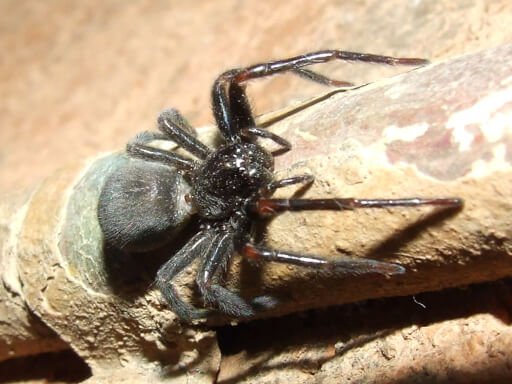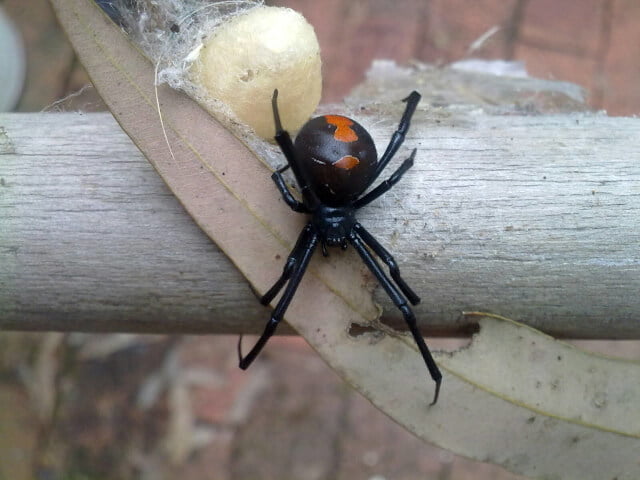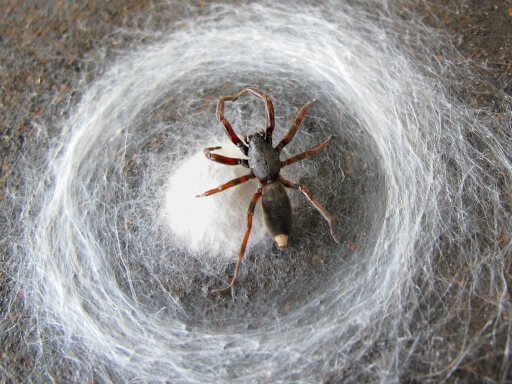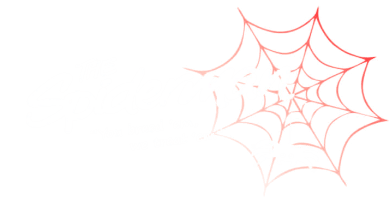Contact us today for a free no-obligation quote
Spiders
There are about 2500 spider species in New Zealand, of which only three should be avoided: the Katipo, the Redback and the White-tailed spider.
There are only two species considered venomous to humans in New Zealand: the Katipo (Latrodectus katipo) and Redback (Lactrodectus hasselti). Both species belong to the same family as the American Black Widow (Lactrodectus hasselti). Only adult females bite, although bites are extremely rare and anti-venom exists for both species.
The Black House spider (Badumna insignis) is the most common around homes and is considered a nuisance due to their multitude of webbing around doorways, windows, fences, guttering and weatherboards. Without treatment, these will keep coming back and attract other pests such wasps.
White-tails have a mechanically strong bite compared to other spiders and are often blamed for causing various symptoms. Studies have shown that although their bite can be painful there is nothing in their venom to concern humans. They feed by hunting other spiders, including the Black House spider, around your property. By controlling these other species, you can reduce the presence of white-tailed spiders also.

Bill and Mark Bell / Creative Commons
The Black House spider is dark brown to black in colour with black legs. Males are between 5-8 mm and females 12-15 mm in size. Webs are ladder type with a tunnel in centre.

Doug Beckers / Creative Commons
The female Redback spider has a black round body, thin legs and a white-edged orange/red jagged stripe on its back and a red hourglass mark underneath. The only South Island population is in Central Otago (near Wanaka).

Kiwi Micex / Creative Commons
The White-tailed spider has a dark body and a white mark at the end of a cigar-shaped abdomen. It does not make webs but feeds almost exclusively on other spiders.
Katipo females have black round bodies, thin legs and a white-edged stripe on their back. They also have a red hourglass mark underneath. They are found in coastal areas on warm sandy beaches and dunes.
Spiders are easily treated with approved EPA pesticides and typically last up to 12 months, however we recommend re-applying these applications after 10 months or as soon as you notice webs re-appearing.
Our products can also be applied inside sheds, carports and garages.
